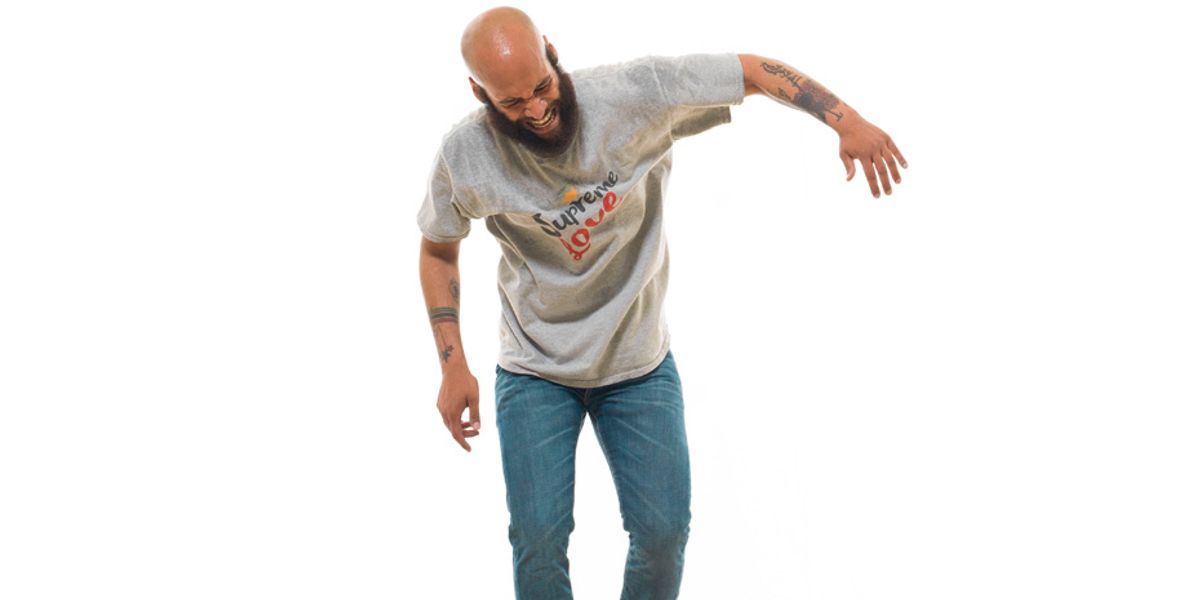Jumaane Taylor on Working With "Compositions That Tap Dance Has Never Touched"
Hoofer Jumaane Taylor’s newest work, Ugly Flavors, collides tap dance with two musical scores known for their difficulty and dissonance: Ornette Coleman’s album The Shape of Jazz to Come and “The Rite of Spring,” by Igor Stravinsky. Taylor, a Chicago native, trained at Sammy Dyer School of the Theatre, one of the places where he now teaches. His 20-year performance career includes appearances with Savion Glover, Dianne Walker and Jason Samuels Smith—and he has a growing choreographic resumé. Taylor will present Ugly Flavors as a work-in-progress on November 7, livestreamed from the Dance Center of Columbia College Chicago.
The Dance Center doesn’t present tap dance very often. How did this partnership come to be?
Ginger Farley, who is the head of the Chicago Dancemakers Forum, has always been interested in what I’m doing and where it could happen. I received a CDF grant in 2017, and through that process I met Ellen Chenoweth at the Dance Center. A couple of years went by, and we kept winding up in the same spaces. It happened really organically.
In 2015, you created a work that pulled apart the score to John Coltrane’s
A Love Supreme, spread it out and put it back together again. Your interrogation of rhythm is really unique. When you have a musical score in front of you, how do you approach it choreographically?
For Supreme Love, at first I tried to just choreograph to the record as it is, straight through, as John Coltrane played it. After that trial, I broke it back down and started hearing it differently. I have to first listen to the music religiously and know as many of the ins and outs as possible. Then it was about organizing the space. I knew exactly which musicians I wanted, and once we got in the room, that’s really all it took. That’s kind of how tap dancing works, especially with improvisation: hearing it, feeling it, then interpreting the movement.
What about the new project,
Ugly Flavors? You’ve got two beefy scores that, taken at face value, might seem really dissonant. How do these musical scores go together, and how does tap dance fit into that?
My mind is always attracted to compositions that tap dance has never touched. I want to remind tap dancers of the possibilities and that we are limitless. This project feels like a challenge for the music community, as well as the dance community. It’s kind of risky using these pieces of music. Because this is me coming at the jazz scene like, “Hey, look, tap dancers have something to say here,” and also coming to the ballet scene like, “Hey, look, tap dancers have something to say here.” We love your work and honor your work. We just want to make sure you love and honor our work as well.




